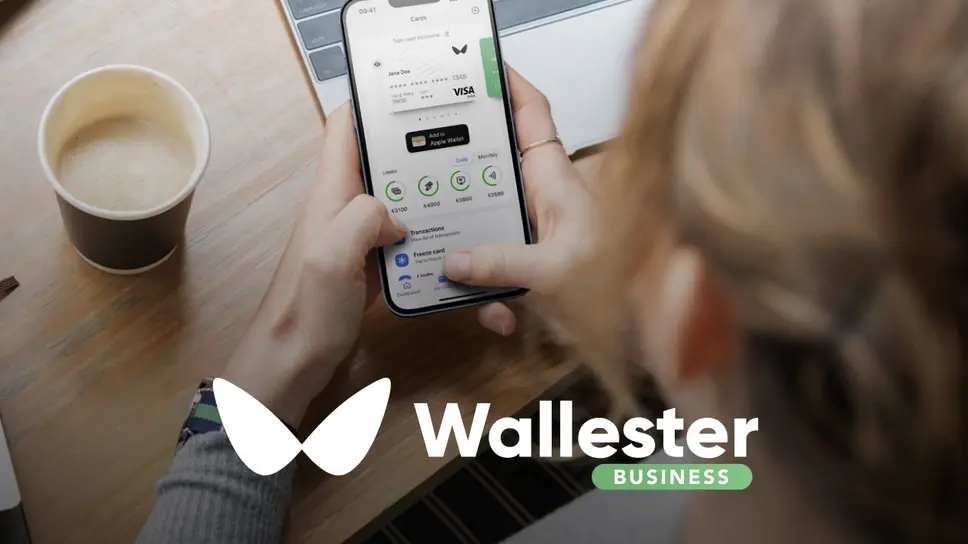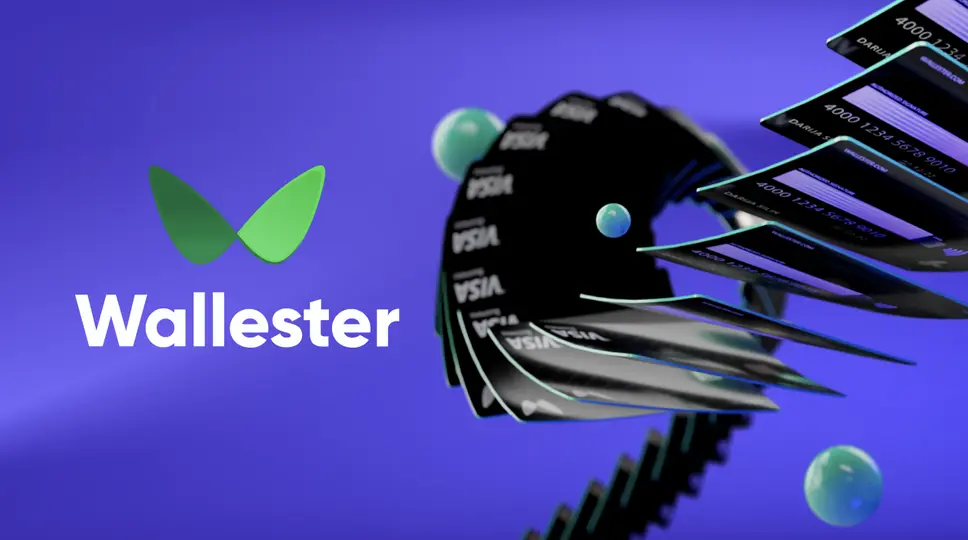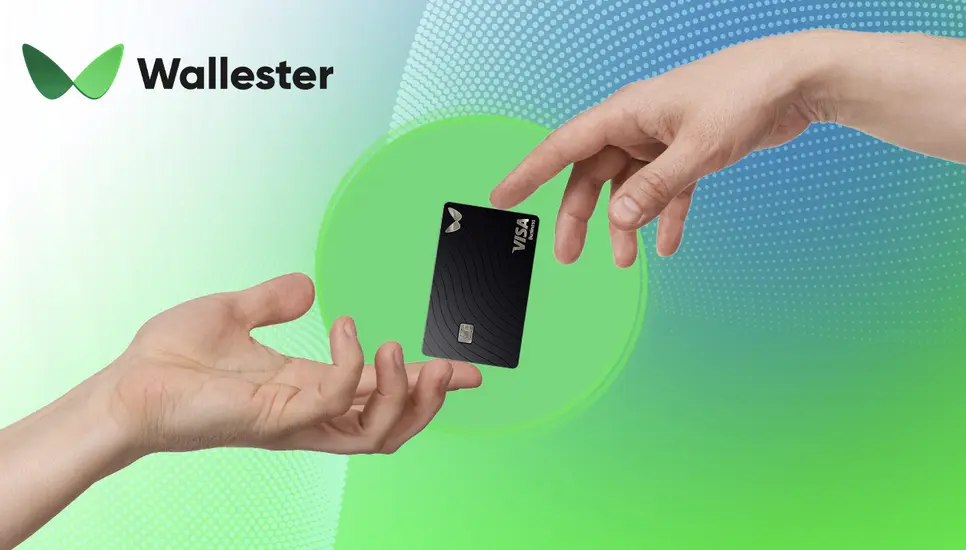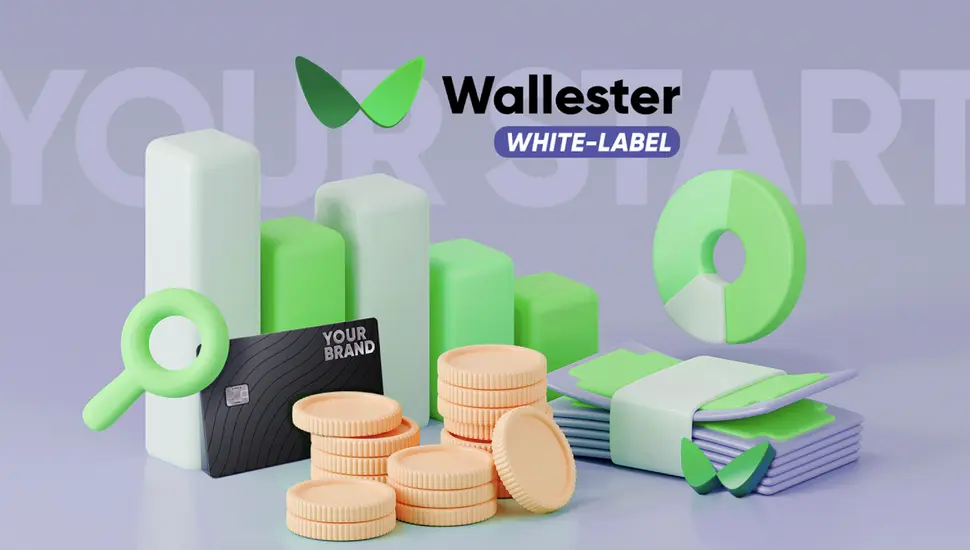The process of corporate card issuing may seem simple and convenient from the customer’s point of view. You sign up the Wallester Business platform in a couple of taps, spend a few minutes filling your corporate credentials, wait for your account to be confirmed, choose a tariff plan, and place an order. All in all, it takes little time, and the virtual cards are at your disposal. A few more days, and you have a physical plastic card on your desk if you need it.
But have you ever wondered what exactly is behind the process of payment card issuing and how complicated is it on the provider’s side? Today’s article will be devoted to this very question — we will tell you in detail what is behind the scenes of this popular financial service.

Basic Points: What Does Issuing Mean?
You can easily imagine a room with a card issuing machine in it. It casts plastic blanks, stamps, paints, and glues functional elements like magnetic strips or chips. It produces a finished product that remains a piece of inert material. In fact, a payment card is just a key that opens access to the account linked to it. Its creation is a complex process involving banks, fintech companies, payment systems, and other partners.
It’s like the construction of a multi-story building. This project also involves many teams that must coordinate their actions and control the product quality at every stage. The result of generating a bank account is not as visible or impressive, but it is no less important for our society and your comfort.

Key Participants in This Process
Of course, the main player is the customer who orders the product through the card issuing platform. They launch the process, which involves:
- A financial organization. Usually, it is a bank that deals with customer service and account management. But recently, cards issued by alternative financial institutions — neobanks, cryptocurrency providers, e-wallet operators, etc. — have become increasingly popular.
- Payment systems. Everything is much simpler here. We all know big names like VISA, MasterCard, American Express, and Union Pay. They create networks that provide fast and convenient transfers between banks and accounts.
- Payment processors. They are data centers that create the hardware infrastructure. After all, a payment is not just an electronic signal of two bits. The message contains information about counterparties, banks, and the payment system. It refers to authentication certificates and uses modern information encryption protocols. Payment processing requires considerable resources.
- Card issuing platforms. When you order a card, you are addressing such a platform. It serves as an organizer, an intermediary between the client and all the above-mentioned process participants. Its role is to make the fintech service simple, clear, and convenient. Thanks to the applications of such platforms, you can order cards without even thinking about what’s going on behind the scenes.

The Step-by-Step Issuing Process
So, we have already defined the roles. The only thing left to do is to understand how these key characters interact to create such fast and well-organized workflows. Here’s what it looks like in a detailed analysis:
- Application and Verification. You submit an application through the web interface or the Wallester mobile application. At this stage, compliance checks, such as Know Your Customer (KYC) and Know Your Business (KYB), are launched. These are not just boring bureaucratic checks — they are reliable protection against fraudsters who can order cards on your behalf.
- Card Production. The first step is to create a digital account. Usually, its records are not stored on one particular computer. They are located in the cloud — a dispersed array of online information that can work even when a significant part of the equipment is off. If necessary, a physical plastic card can be issued. When ordering card issuing for business, you can make it a financial and marketing tool with your logo and corporate identity.
- Tokenization and Security. If you associate the word ‘tokenization’ with cryptocurrencies, you are not mistaken. It was crypto that made this term popular. However, it existed before. A token is a one-time piece of code that replaces your bank account details. It fulfills its function as a payment confirmation and ceases to be relevant. If attackers get hold of your token, they won’t be able to do anything with it. Think of it like throwing a decoy to trick cybercriminals — except way smarter.
- Transaction Processing. When you buy groceries in a supermarket or an airline ticket, you also start a complicated process. The terminal or virtual payment gateway sends a request to the bank, which approves or rejects the transaction by transmitting the required response code. If all goes well, the request goes to the payment system and processing center. This scheme involves more physics than you might think — signals travel through fiber-optic cables at lightning speed and sometimes even leave the planet, being transmitted through satellites in orbit.

One More Question: How to Find a Good Partner for Card Issuing?
So, there’s one more question, which is more administrative than technological. How to find a card issuing platform that will meet your requirements and provide a quality product?
First of all, focus on compliance management. Find out what methods are used to comply with modern security standards and anti-money laundering regulations. For example, Wallester provides fast card issuance and impeccable service thanks to the support of PCI-DSS Level 1, Payment Service Directive 2, and 3D Secure technologies, as well as BIN sponsorship.
The second point is the availability of services. The goal of a card issuing platform is to ensure that you never have to deal with the formalities described above. The simpler its service and the easier it is to understand the interface of the web platform or mobile application, the better.
Finally, customization is one more crucial aspect. We have already mentioned that a card is not just a piece of plastic or an image on a screen. It is a marketing tool and a means of personalizing your commercial offer. Wallester allows you to choose ready-made templates or create an individual design yourself, promoting your business and improving your brand reputation.